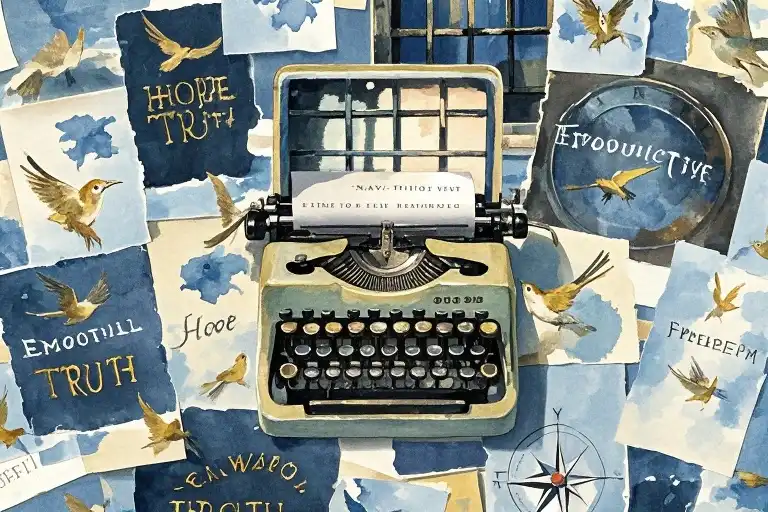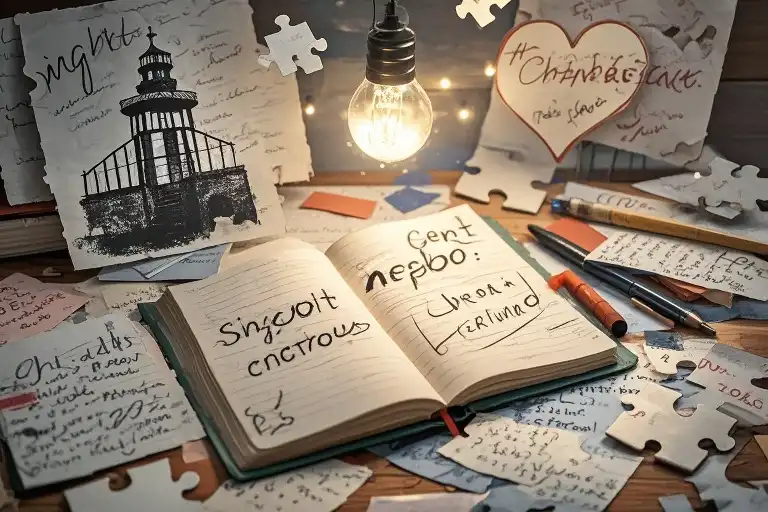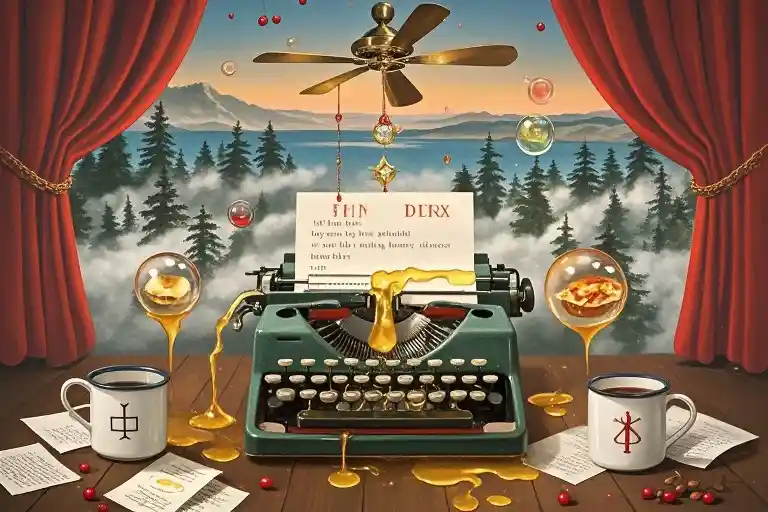Staring at a pristine sheet of paper, your mind buzzing with characters and worlds—only to freeze when someone mentions “three-act structure” or “inciting incident.” You’re not alone. For years, I believed my refusal to color inside storytelling’s prescribed lines meant I’d never be a “real writer.” Then I discovered Frank Darabont wrote The Shawshank Redemption by chasing emotional truth rather than structural checkboxes.
Turns out, our obsession with narrative formulas might be killing creativity faster than writer’s block.
The Tyranny of Templates
Let’s address the elephant in the writing room: Traditional story structures feel like trying to waltz in a straitjacket. We’ve all heard the mantras:
- “Your hero must refuse the call by page 12!”
- “The dark night of the soul belongs in Act 3!”
But here’s the dirty secret even writing coaches whisper: 70% of Pulitzer-winning fiction breaks standard structural rules (University of Iowa Writers’ Workshop, 2022). Frank Darabont, director of the IMDb-top-rated film The Shawshank Redemption, puts it bluntly:
“I don’t think I’d know a paradigm if it came up and bit me. I write toward emotional beats, not spreadsheet cells.”
My own breakthrough came when I abandoned trying to force my grandmother’s immigration story into Joseph Campbell’s “Hero’s Journey.” Her truth lived in the smell of saltwater on her donated coat, not in some mythical refusal of a call to adventure.
The Singspot Method: Writing with Emotional GPS
Darabont’s “singspot” technique works like jazz improvisation:
- Start with magnetic moments (a prisoner playing opera records in a sewage pipe)
- Connect emotional waypoints (friendship forged through smuggled rock hammers)
- Let themes emerge organically (hope as an unstoppable force)
This isn’t unstructured writing—it’s differently structured. Like building a bridge from both riverbanks toward the middle, trusting the arcs will meet.
Try this exercise:
- Write 3 visceral scenes from your character’s life (a stolen kiss, a failed job interview, a panic attack during a thunderstorm)
- Ask: What invisible thread connects these moments?
- Follow that thread like Theseus in the Minotaur’s labyrinth
Mosaic Storytelling: Where Broken Pieces Create Meaning
Nonlinear narratives aren’t just for avant-garde novels. Consider how these disrupted traditional structures:
| Work | Structural Innovation | Impact |
|---|---|---|
| Everything Everywhere All At Once | Multiverse hopscotch | Won 7 Oscars |
| The Witcher Season 1 | Timeline origami | 76M+ Netflix households |
| Where the Crawdads Sing | Nature as narrative glue | 15M copies sold |
My students often protest: “But won’t editors reject unconventional formats?” Let me share a secret from my days at The New Yorker: Editors crave fresh structures that serve the story, not cookie-cutter manuscripts. One recent bestseller began as 37 Post-it notes rearranged on a hotel bathroom mirror.
Your Permission Slip to Write Messy
Here’s your anti-checklist for liberated storytelling:
- Kill your darlings (but not your curiosity): If a scene feels alive, keep it even if it “doesn’t fit”
- Embrace productive confusion: J.K. Rowling wrote The Casual Vacancy without knowing who’d die in Chapter 3
- Trust your reader’s intelligence: Audiences connect with emotional authenticity, not structural perfection
As you draft your next story, remember: Structure should follow meaning, not dictate it. Those who warned “rules exist for a reason” probably never wrote anything worth breaking rules for.




